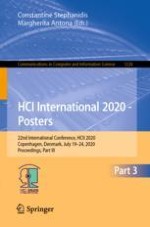2020 | OriginalPaper | Chapter
Improving the Detection of User Uncertainty in Automated Overtaking Maneuvers by Combining Contextual, Physiological and Individualized User Data
Authors : Alexander Trende, Franziska Hartwich, Cornelia Schmidt, Martin Fränzle
Published in: HCI International 2020 - Posters
Publisher: Springer International Publishing
Activate our intelligent search to find suitable subject content or patents.
Select sections of text to find matching patents with Artificial Intelligence. powered by
Select sections of text to find additional relevant content using AI-assisted search. powered by
